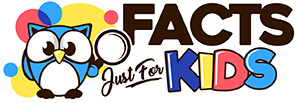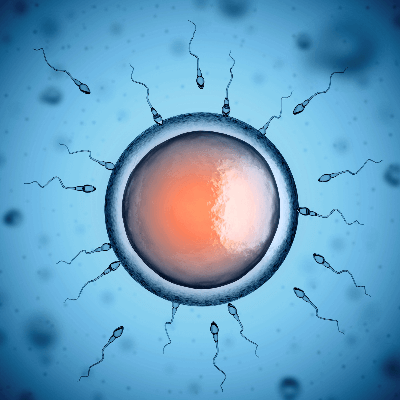
- System: Reproductive system
- Purpose: To produce offspring (babies) of two parents
- Male Reproductive System TA ID: A09.0.00.002
- Male Reproductive System FMA ID: 45664
- Female Reproductive System TA ID: A09.1.00.001
- Female Reproductive System FMA ID: 45663
PARENTAL NOTICE: This below facts are about the human reproductive system. You may not find some of the words or phrases suitable for children.
25 Reproductive System Facts for Kids
- The human reproductive system is how two humans, a male and a female, create a baby.
- The reproductive system is sometimes called the genital system.
- In humans, there are two different reproductive systems based on gender.
- A man has a male reproductive system, which has two external organs (penis and scrotum) and four internal organs (accessory glands, epididymis, testes and vas deferens).
- The penis is an external organ of the male reproductive system that expels urine and semen.
- The scrotum is an external organ (pouch of skin) that holds the testes.
- The accessory glands include the bulbourethral glands, prostate gland and seminal vesicles.
- The epididymis is where sperm mature and concentrate.
- The testes produce sperm and hormones.
- The vas deferens are the tubes that sperm travel through to be ejaculated.
- A simple workflow of the male reproductive system is the testes produce sperm, which mature in the epididymis, during arousal sperm travel through the vas deferens, sperm is mixed with fluids from the accessory glands prior to ejaculation (expelling semen from the penis).
- A woman has a female reproductive system has multiple external organs (vulva) and four internal organs (Fallopian tubes, ovaries, uterus and vagina).
- The vulva is a term used to describe all the external organs of the female reproductive system. This includes the Bartholin’s glands, clitoris, labia majora, labia minora, pudendal cleft, mons pubis and vaginal opening.
- The ovaries are two organs on each side of the lower abdomen of a woman that release an egg every month.
- The Fallopian tubes are connected to the ovaries and this is where the egg travels down to the uterus. If sperm is present during this period, an egg could be fertilized.
- The uterus (womb) is where a fertilized egg implants and grows into a baby over nine months.
- The vagina is a muscular tube that the penis is inserted into and where male sperm is ejaculated.
- A simple workflow of the female reproductive system is an egg is released from an ovary every month, it travels down the Fallopian tub and if sperm is present could be fertilized, that egg than travels down into the uterus where it implants and a baby is grown.
- Conception, also called fertilization, is the moment an egg and sperm fuse together to create a zygote.
- Birth control methods, like condoms or an IUD device are used to prevent conception (egg fertilization).
- Sexually transmitted infections (STIs) are transmitted between two humans during sex.
- Only four sexually transmitted infections can be cured, and they are syphilis, gonorrhea, chlamydia and trichomoniasis.
- Several sexually transmitted infections can be deadly if not treated, like syphilis, HIV and hepatitis B.
- A person can have a sexual transmitted infection without any symptoms and still transmit it to a sexual partner.
- The only way to be sure you or another person doesn’t have a sexual transmitted infection is to get tested.
Pictures of the Human Reproductive System
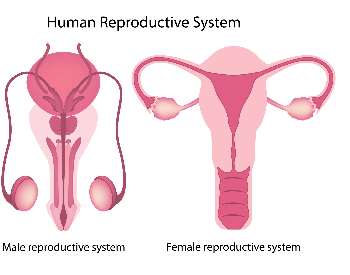
A picture of the male and female reproductive system.Credit: Ghetty Images
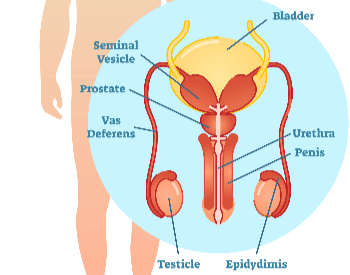
An illustration of the male reproductive organs.Credit: Ghetty Images
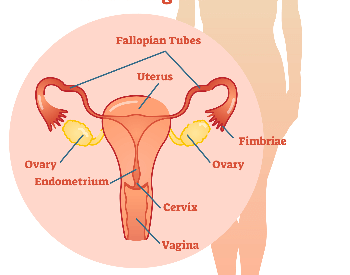
An illustration of the female reproductive organs.Credit: Ghetty Images
Additional Resources on the Reproductive System
- The Female Reproductive System – Learn more about the female reproductive system on the Kids Health website.
- The Male Reproductive System – Learn more about the male reproductive system on the Kids Health website.
- Reproduction for Kids – An article designed for kids to learn about the human reproductive system.
